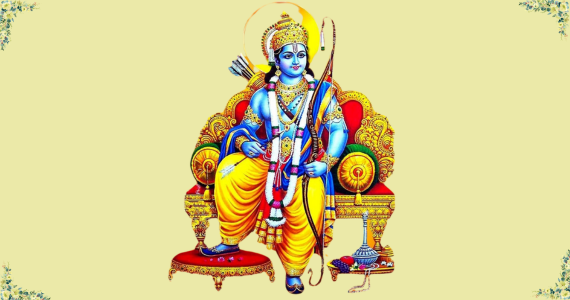Sree Ram Navami

Sree Ram Navami, the auspicious birthday of Lord Sri Rama, is celebrated with immense devotion and grandeur at the Athal Thottam Shirdi Saibaba Temple, Tirupur. Managed by SNS Trust, the temple marks this sacred occasion as one of its most important annual festivals, blending devotion, tradition, and community spirit.
🌸 Significance of Sree Ram Navami
Sree Ram Navami commemorates the divine appearance of Lord Rama, the seventh avatar of Lord Vishnu, who embodied righteousness (Dharma), compassion, and moral integrity. This day symbolizes the triumph of good over evil and inspires devotees to walk the path of truth and virtue.
🕉️ Rituals and Celebrations
SNS Trust ensures that the day is observed with spiritual sanctity and cultural depth:
-
Special Homam & Abhishekam in the morning
-
Recitation of the Ramayana and bhajans by devotees
-
Sri Rama Pattabhishekam enactment (ceremonial coronation of Lord Rama)
-
Sai Bhajans and Poojas performed throughout the day
-
Annadhanam – Free food distribution to devotees
-
Evening Aarti and Procession around the temple premises
The temple premises are adorned with floral decorations, lights, and the divine sounds of devotional hymns, creating a powerful and peaceful ambiance for all visitors.
🙏 Join Us
Devotees from Tirupur and beyond are warmly invited to participate in the celebrations, seek blessings from Shirdi Saibaba and Lord Rama, and immerse themselves in a spiritually uplifting experience.